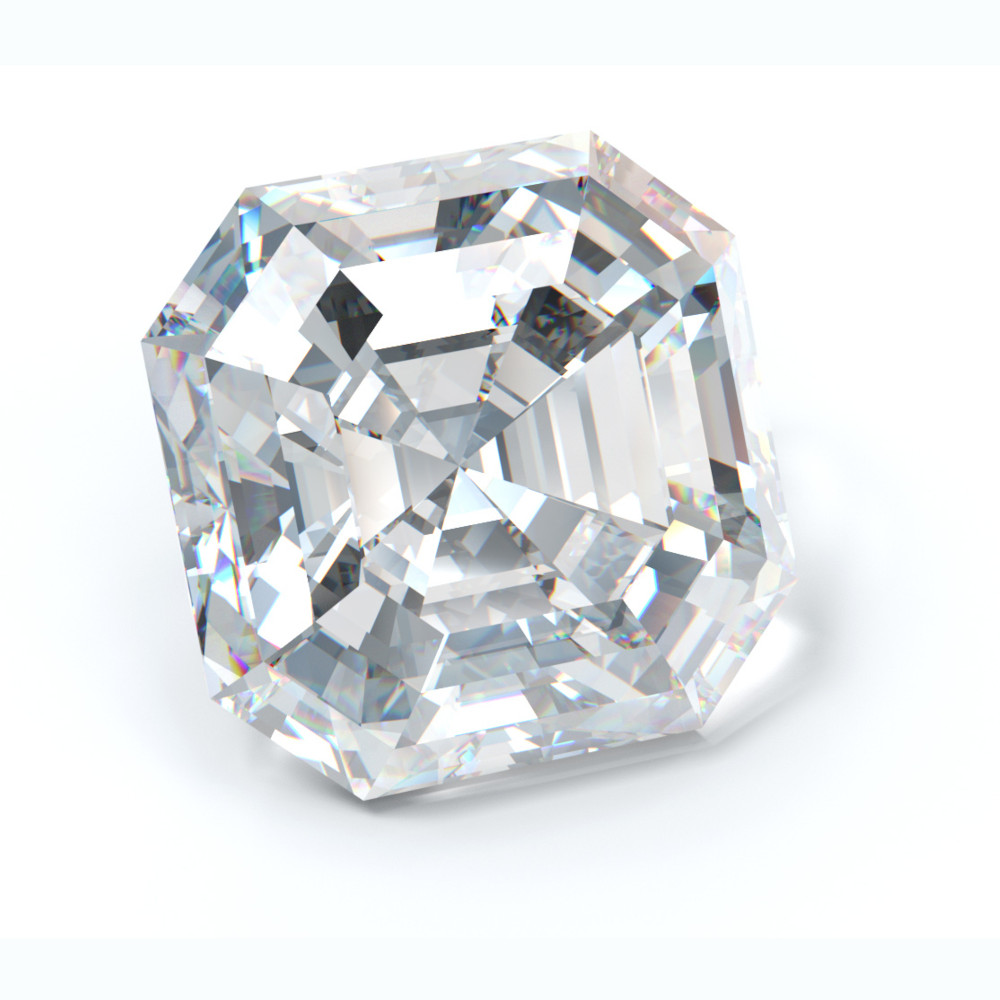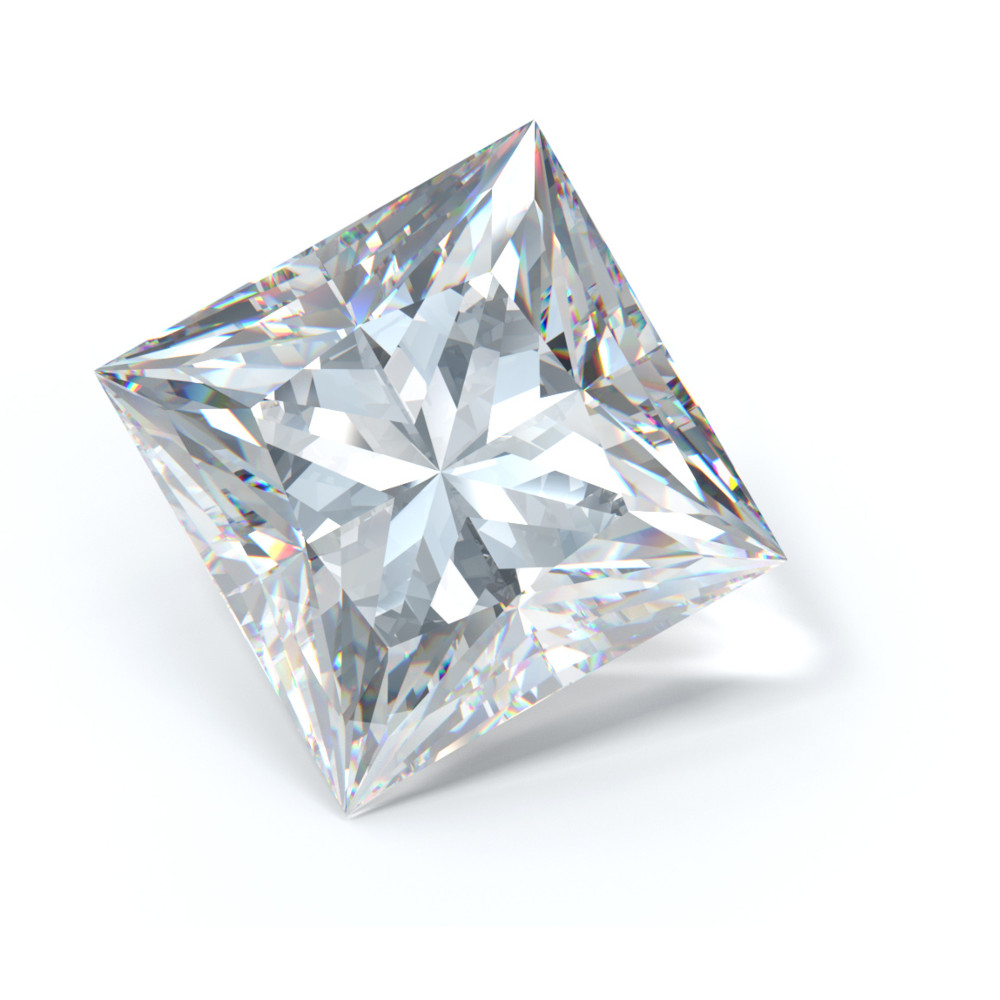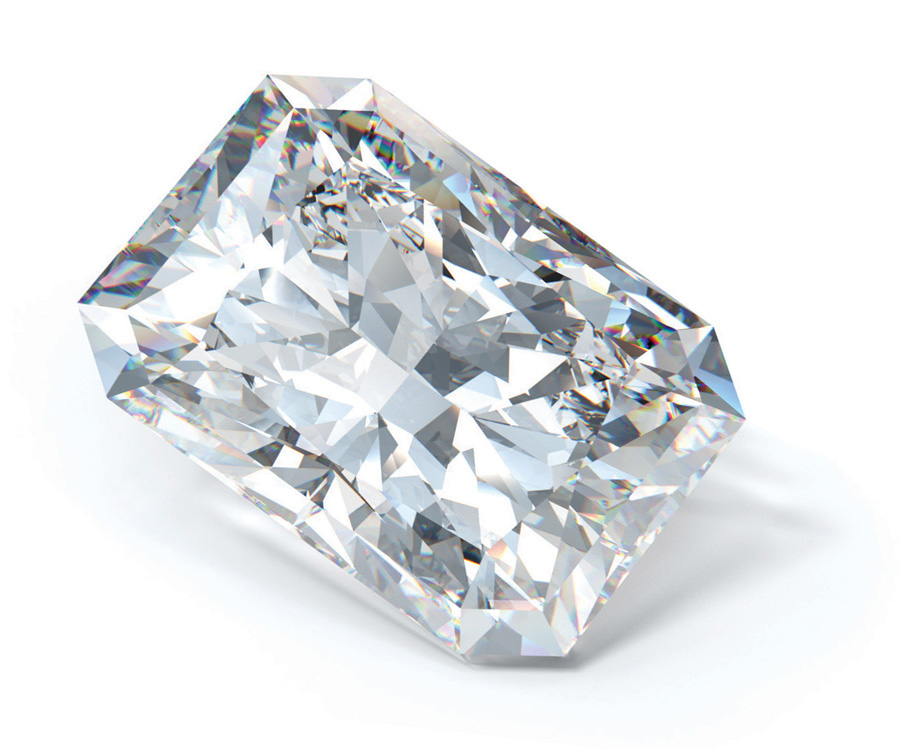Learn: Diamonds > Fancy Shapes
Introduction
GIA Does Not Grade FSD
How FSD Affect The Size
How FSD Affect Pricing
Diamond Shapes
Fancy Shaped Diamonds
Myths & Facts
1. Fancy shapes do not sparkle as much:
True, but they cost less, and bigger diamonds sparkle more than smaller ones
2. FSD cut quality is assessed by table size, depth, symmetry, and polish:
You can not select with those criteria, only reject

Read on for all the answers
Fancy Shaped Diamonds (FSDs)
Fancy shaped diamonds (FSDs) could save you money. If you’re under family or peer pressure to come up with a 1ct or 2ct diamond, then you might save a third. But the best round cuts sparkle more than other shaped diamonds and some FSDs are downright dead.
If you’re seriously considering a Fancy Shape them our biggest tip is to invest in an ASET scope this best way to find a good Fancy shaped diamond. This is not a simple tool but if you’re up for it you need to read the FSD section to get a deeper insight.

Garry Holloway makes and sells ASET scopes worldwide. Learn more on Ideal-Scope.com
Choosing a fancy shape could save you money
GIA does not grade fancy shaped diamonds
Many people in the jewelry industry do not know that GIA only offers a cut grade for round brilliant cut diamonds (since 2006). All other cuts, which we call fancy shaped diamonds (FSD’s), are given Table Size and Depth as percentages but no cut grade. Table and depth are enough information to reject some diamonds but are insufficient for selection. The best advice we can offer to shoppers is to use an ASET scope or ASET images.


How Fancy Shape diamonds affect the size
Because there is no lab cut grade on fancy shaped diamonds there are no rules. No rules mean diamond cutters can and do get away with blue murder! The size variation in the example shown is common. When a cutter has a deep piece of rough diamond they will cut very deep and if they have a flat shallow piece they will cut a diamond that is far too shallow.
Holloway Diamonds founder, Garry Holloway, has patented a process to describe how big a diamond appears relative to its carat weight that factors in any light leakage near the edges of the diamond. US patent number 10,739,271B2 The final development work is being undertaken and we hope to be using HCA Looks like for fancy shaped diamonds late 2022.
HOW DO FANCY SHAPE DIAMONDS PRICES COMPARE TO ROUND DIAMONDS?
You can see in the first image at the top of the page how cutters can squeeze a larger diamond from a rough diamond by matching the chosen cut to the shape of the rough diamond. This means the carat weight yield is greater and competitive forces keep the prices of fancy shapes about 2/3rds the price of round diamonds. Conversely, there is more demand for round diamonds; they are easier to match to make sets and suites than fancy shapes.
Round diamonds tend to sell and turn over three times faster than fancy shape diamonds, so the cost of holding diamonds in inventory is far greater. Not having a cut grade also means a lot of buyers want to see the diamond before making a purchase.
So naturally fancy shapes cost less.
ROUND
The Round cut diamond is by far the most popular cut of diamonds. 75% of the world’s diamonds are cut in this shape. It provides an abundance of brilliance with its 58-facet cut. The cut is calibrated according to a precise formula to achieve maximum sparkle. When cutting a rough stone, more is lost in shaping a round diamond, so the cost of each carat retained is higher.


OVAL
Holloway ideal cut oval diamonds faceting avoid bow ties that are common in this shape. The dark area in the centre of the diamond that is persistent is really annoying and probably puts many people off this great choice.
Our founder, Garry Holloway has lodged a US patent for his grading technology for bow tie size and persistence. Ovals have a nice mix of facet appearance with a central and ends of the oval similar to round diamonds with small areas of crushed ice style faceting. Inclusions in those crushed ice areas are often really good at concealing them as opposed to the mid area where they become more easily seen. Our ovals range from 10% to 15% larger in spread or size for a given carat weight compared to a well-cut round diamond. The length to width ratio ranges from 1:1.3 to 1:1.55 ratio meaning that a 1:1.5 is half as long again than it is wide. All Holloway Diamonds ovals have passed selection with Ideal-Scope and ASET testing.
CUSHION
Cushion shapes are rounded corner squares or slightly rectangular shapes and come in a variety of facet styles from similar to rounds to crushed ice styles that appear to have ten or twenty times more facets (which work best with fancy coloured diamonds). Most cushion cuts fall in-between.
Cushions range 10% to 40% smaller spread or size for a given carat weight compared to a well-cut round diamond. If you want a longer rectangular shape consider a radiant cut because cushions rarely work as well once the length is more than 10% longer than the width (1:1.1 ratio). All Holloway Diamonds cushions have passed selection with Ideal-Scope and ASET testing and are typically spread around 15-20% smaller than our round diamonds. The exception to this is our fancy coloured cushions which are ‘crushed ice’ styles and tend to be around 30% smaller than an equivalent Holloway ideal-cut round diamond.


Emerald
Emerald cuts are step cuts with rows of parallel facets. They have very large flashes from a few facets and often appeal to more conservative people. The corners can have a crushed ice appearance.
Emerald cuts do not tend to show as much colour as other cuts, however, the open appearance makes inclusions much easier to see. As a rule VS2 in diamonds larger than one carat are safer than SI clarity grades. Emerald cuts usually have a similar spread or size for their carat weight or are slightly smaller than a Holloway Ideal-Cut diamond of the same carat weight. Our emerald cuts range length to width ratio ranges from 1:1.3 to 1:1.55 ratio meaning that a 1:1.5 is half as long again than it is wide. All Holloway Diamonds emerald cuts have passed selection with Ideal-Scope and ASET testing.
ASSCHER
Asscher or square emerald cuts are octagonal step cuts with rows of parallel facets. They have large flashes from the four main facets and windmill patterns from the octagonal large corner facets. Asscher cuts, like emerald cuts, do not tend to show as much colour as other cuts, however, the open appearance makes inclusions much easier to see. As a rule, VS2 in diamonds larger than one carat are safer than SI clarity grades. Asscher cuts have around a 20% smaller spread or size for their carat weight than a Holloway Ideal-Cut diamond of the same carat weight.


HEART
The Heart shaped diamond cut is a sparkling stone symbolic of love & romance and is a modern cut. The appearance is similar to a round cut diamond. Height to width ratios is around one to one with up to about 20% variation in either direction making for attractive shapes. The spread of hearts is similar to that of round diamonds. All Holloway Diamonds ideal-cut heart shaped diamonds have passed selection with Ideal-Scope and ASET testing.
PEAR
A pear-shaped diamond engagement ring is unique and enchanting, which is what some adventurous people chose and love them.
Its faceting can mask inclusions near the point or tip as that region has a crushed ice appearance. We recommend end setting the diamond on the point of the stone to prevent chipping. Holloway ideal cut pear shape diamonds faceting avoid bow ties that are common in this shape. The dark area in the centre of the diamond that is persistent is really annoying and probably puts many people off this great choice.
Our founder, Garry Holloway has lodged a US patent for his grading technology for bow tie size and persistence. Pear shape diamonds have a nice mix of facet appearance with the big and central parts similar to round diamonds with small areas of crushed ice style faceting toward the tip. Our pear shapes range from 10% to 15% larger in spread or size for a given carat weight compared to a well-cut round diamond. The length to width ratio ranges from 1:1.5 to 1:1.7 ratio meaning that a 1:1.5 is half as long again than it is wide. All Holloway Diamonds pears have passed selection with Ideal-Scope and ASET testing.


PRINCESS
The princess cut was designed and patented several decades ago and is now out of patent protection so anyone can cut it.
The shape should be close to square and within 10% length to width ratio. The cut has appeal to younger and shorter-sighted people because the facets all appear to be very small. In fact the number of facets is about the same as a round diamond but the interplay between them splits the ‘virtual facets up to appear overall much smaller. The very small facets mean this cut looks milky in diamonds smaller than about a quarter of a carat or 0.25ct. In sizes above two-carat Holloway ideal-cut princesses really outshine.
A princess-cut should always be set with the corners covered by claws or end caps to protect from chipping damage. The spread of a princess cut diamond is usually around 20% smaller than the same weight Holloway ideal cut round diamond. An important factor when considering a setting for a princess cut diamond is the large triangular facet on each of the four pavilion sides. Even a VS2 clarity in a one-carat princess cut diamond will usually be very visible to the naked eye.
The reason is that princess cut diamonds are faceted from perfect octahedral shaped rough diamonds (like two pyramids joined at the base) where the crystal is sawn in half and two princess cuts faceted from the one rough diamond. Octahedral diamonds tend to have inclusions dead center and clever diamond cutters always orient any inclusions so they are hard to see from the face up or top. But from the side they then can become glaringly obvious.
RADIANT
Like the princess cut, the radiant cut was designed and patented several decades ago and is now out of patent protection so anyone can cut it. The outer shape is similar to an emerald cut and but may also be square. The spread of a radiant cut diamonds is surprisingly good and often within 10% to 15% smaller than the same weight Holloway ideal cut round diamond. The length-to-width ratio ranges from 1:1.1 for square and from 1:1.2 to 1:1.4 ratio for rectangular radiant cut diamonds. Radiant cuts work much better than elongated cushions in light performance. All Holloway Diamonds ideal-cut radiant diamonds have passed selection with Ideal-Scope and ASET testing.


MARQUISE
The marquise-cut diamond is also called a navette cut. The eye or boat shape is an elegant choice for showing off long, slim fingers as a striking diamond engagement ring or a diamond dress ring.
Holloway ideal cut marquise diamonds faceting avoid bow ties that are common in this shape. The dark area in the centre of the diamond that is persistent is really annoying and probably puts many people off this great choice.
Our founder, Garry Holloway has lodged a US patent for his grading technology for bow tie size and persistence. Ovals have a nice mix of facet appearance with a brilliant looking central area similar to round diamonds with small areas of crushed ice style faceting toward the tips. Inclusions in those crushed ice areas are often really well concealed as opposed to the mid area where they become more easily seen. Our marquise range from 15% to 20% larger in spread or size for a given carat weight compared to a well-cut round diamond. The length to width ratio ranges from 1:1.8 to 1:2.1 ratio meaning that they are often twice as long as their width. All Holloway Diamonds ideal-cut marquise diamonds have passed selection with Ideal-Scope and ASET testing.
